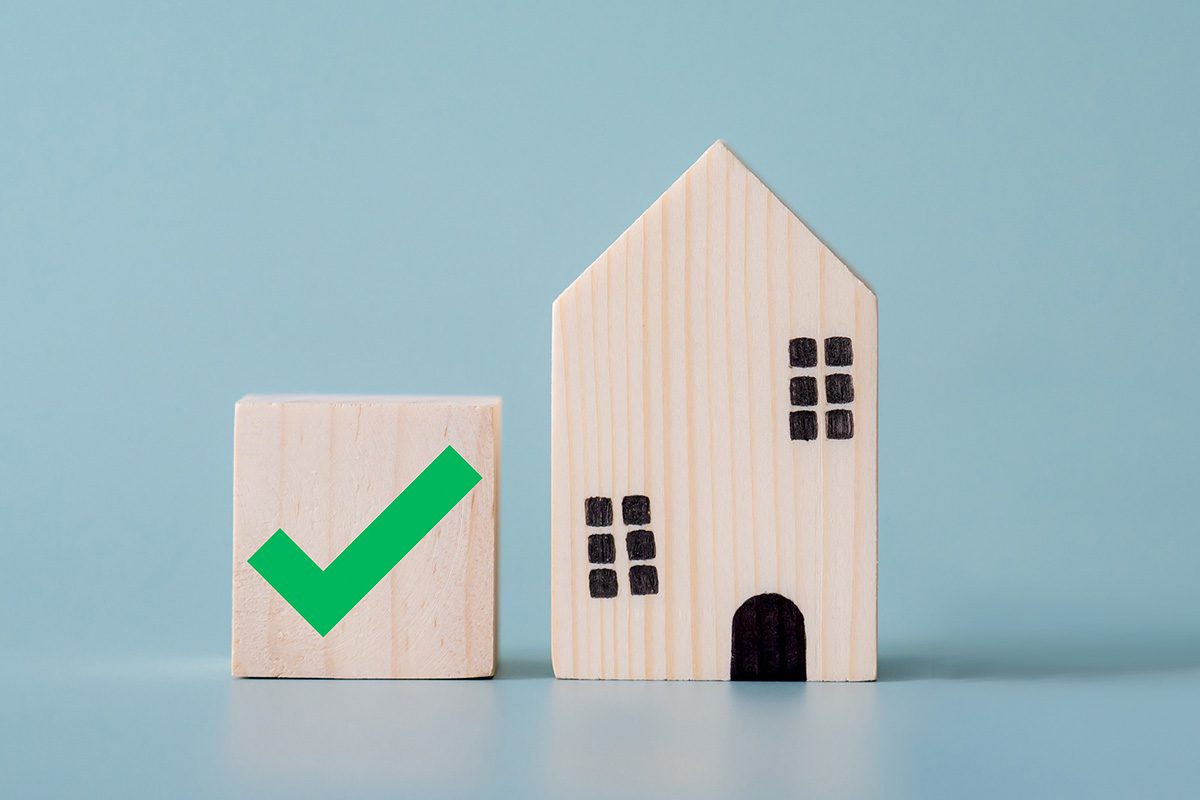
By Lee Bloomfield, Chief Executive of Manningham Housing Association
Earlier this month I was asked to give oral evidence to the All-Party Parliamentary Group for Housing and Older People’s inquiry into the regeneration of outdated sheltered housing.
Chaired by Lord Best and sponsored by Abbeyfield, the inquiry panel is seeking to address the challenge of preserving and upgrading housing stock against a perennial backdrop of not enough new homes being built.
As chief executive of a housing association with a high proportion of residents of South Asian origin, I was keen to stress the need for older BAME people to have much greater ability to downsize their properties and move to higher-quality and better-located homes.
Manningham Housing Association (MHA), which owns 1,410 units in Bradford and Keighley, has always specialised in the provision of larger family homes – 75% of our properties are three-bed+, including 174 five-bed+ houses.
However, as I told the inquiry, intergenerational living in BAME families – based on an assumption that younger family members can be relied upon to stay in the property to care for their parents and grandparents in old age – is much less common than before.
Instead, given the demands of modern life and a desire for different experiences outside the family home, new trends have emerged and the ‘one-size-fits-all’ approach is no longer valid.
Before joining MHA in 2018, I was privileged to lead Leeds Jewish Housing Association, which recently completed a major development incorporating sheltered housing apartments for the over-55s and general needs flats. Attached to properties in three other buildings, they form a sheltered village for older people. It’s a shining example of integrated housing, housing support and on-site care framed around a community centre providing culturally-sensitive services, including a synagogue, dining facilities and recreational activities.
It also achieves so much in tackling isolation and, with the right support and partnership working, is a model which could deliver numerous benefits for BAME communities in West Yorkshire, as elsewhere across the country.
But for BAME residents to get access to such properties in later life, enabling them to downsize, mainstream housing associations must play their part – because BAME housing associations cannot do it alone.
A balance must be struck between repurposing existing housing stock and building new affordable properties. Opportunities under Homes England’s new five-year strategic plan – launched in May to help regenerate existing stock – are welcome. And yet older people don’t feature in the strategy. Perhaps pledging to correct this glaring omission is something parties across the political spectrum might be encouraged to incorporate into their general election manifestos when that moment arrives?
the meantime, organisations such as MHA won’t neglect our responsibilities to step up and speak out for our BAME residents who want to downsize, but who far too often find the obstacles to a better home experience in later life to be too great.
I thank Abdul A Ravat from Abbeyfield for the invitation to address the inquiry and look forward to the group’s final report.





